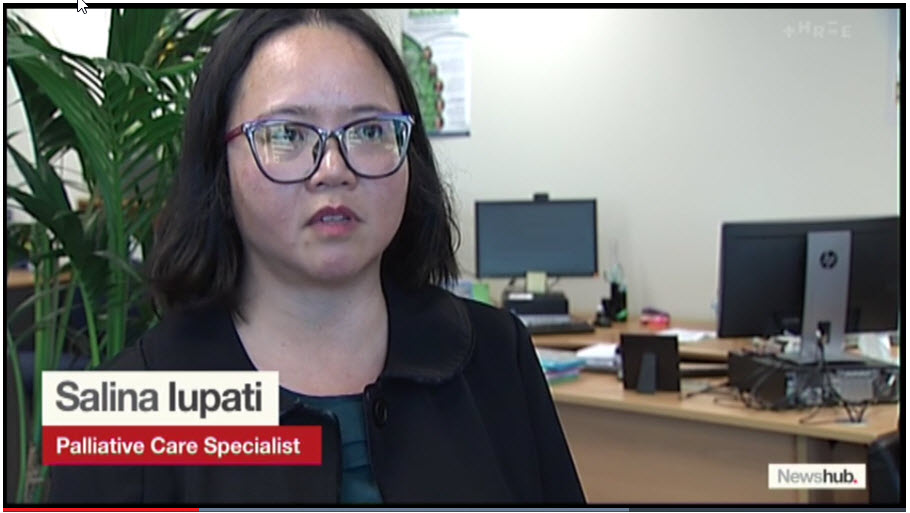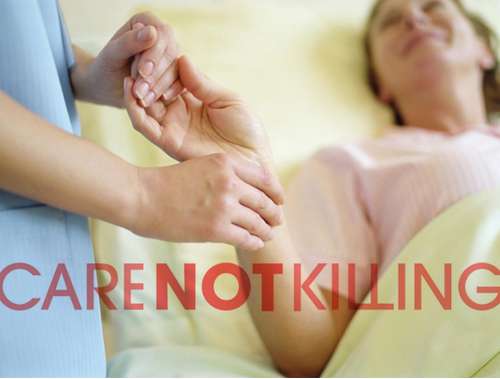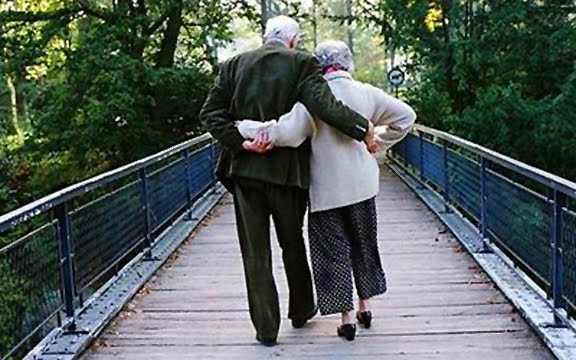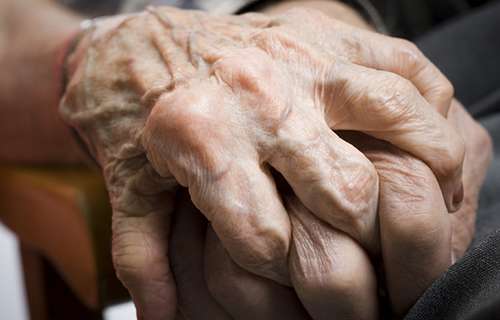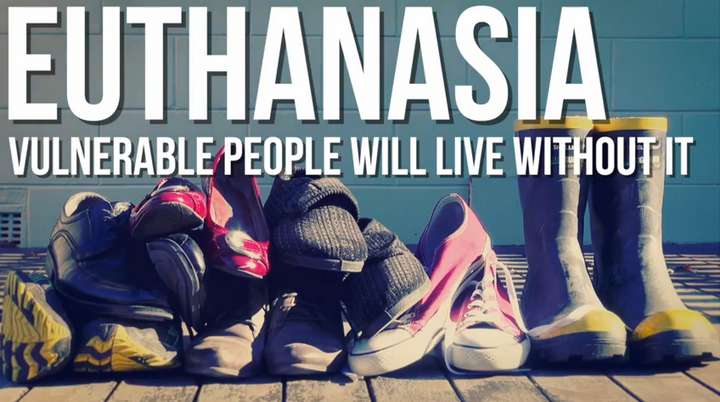NewsTalk ZB 26 March 2018
Family First Comment: “It follows warnings from the Human Rights Commission about the large number of older Kiwis in facilities where “lived experience is being locked within a building with no exit”.”
Add euthanasia (and the culture of coercion) to the mix, and you have a recipe for disaster!
www.rejectassistedsuicide.nz
Rest home residents have been strapped to chairs all day with minimal movement or repositioning, documents show.
The Herald can also reveal Justice Minister Andrew Little is set to sign off on a major shake-up of the monitoring of locked aged-care and disability facilities – a move Grey Power says could help avoid rare “horror stories”.
It follows warnings from the Human Rights Commission about the large number of older Kiwis in facilities where “lived experience is being locked within a building with no exit”.
Physical restraint restricts a patient’s voluntary movement, including through belts and railing. Because of a high risk of trauma and injury it must only be used if a resident is at serious risk to themselves or others.
A Herald review of rest home audit reports published since 2016 has found 27 homes have had “moderate” or “high” risk shortcomings related to restraint.
In one of the worst, a resident was restrained to a chair and instructions to move them twice each morning and afternoon shift weren’t carried out. Auditors saw the resident in the same sitting position for more than four hours, and records showed the lap belt was on for up to six hours at a time.
READ MORE: http://www.newstalkzb.co.nz/news/national/shocking-report-elderly-restrained-in-chairs-all-day-at-rest-homes/
Rest homes investigation: bedsore deaths, expired medication, hungry residents
NZ Herald 24 March 2018
Rest home residents are dying from bed sores. Nicholas Jones finds the preventable tragedies reflect wider problems in a sector trusted with our most vulnerable.
Issues uncovered through Official Information Act requests and a review of more than 1000 audit reports include:
• Residents claiming intimidating caregivers would withhold medication or give it late as punishment. A resident at another facility was overheard saying, “please don’t hit me” to a staffer.
• A Dunedin chef went to authorities, claiming his budget worked out to just $1.60 per resident, per meal. Residents were asking relatives to bring bread and fruit. Another facility repeated its menu over two days.
• Life-threatening shortfalls, including a dementia resident wandering away from a facility – next to a busy road and stream – six times in four weeks.
• Amid feedback on meals and activities in one facility’s annual satisfaction survey, a resident with previous suicidal ideology wrote down that they wanted to die. “No care plan to manage this risk was documented,” auditors recorded in 2016. “And no follow-up had occurred.”
• Communication with families was also a problem. In one case, auditors couldn’t find evidence a “not for resuscitation” status on a resident’s file was discussed with family. Documentation relating to resuscitation wishes was confusing or incomplete at other facilities.
READ MORE: http://www.nzherald.co.nz/index.cfm?objectid=12016995&ref=twitter

